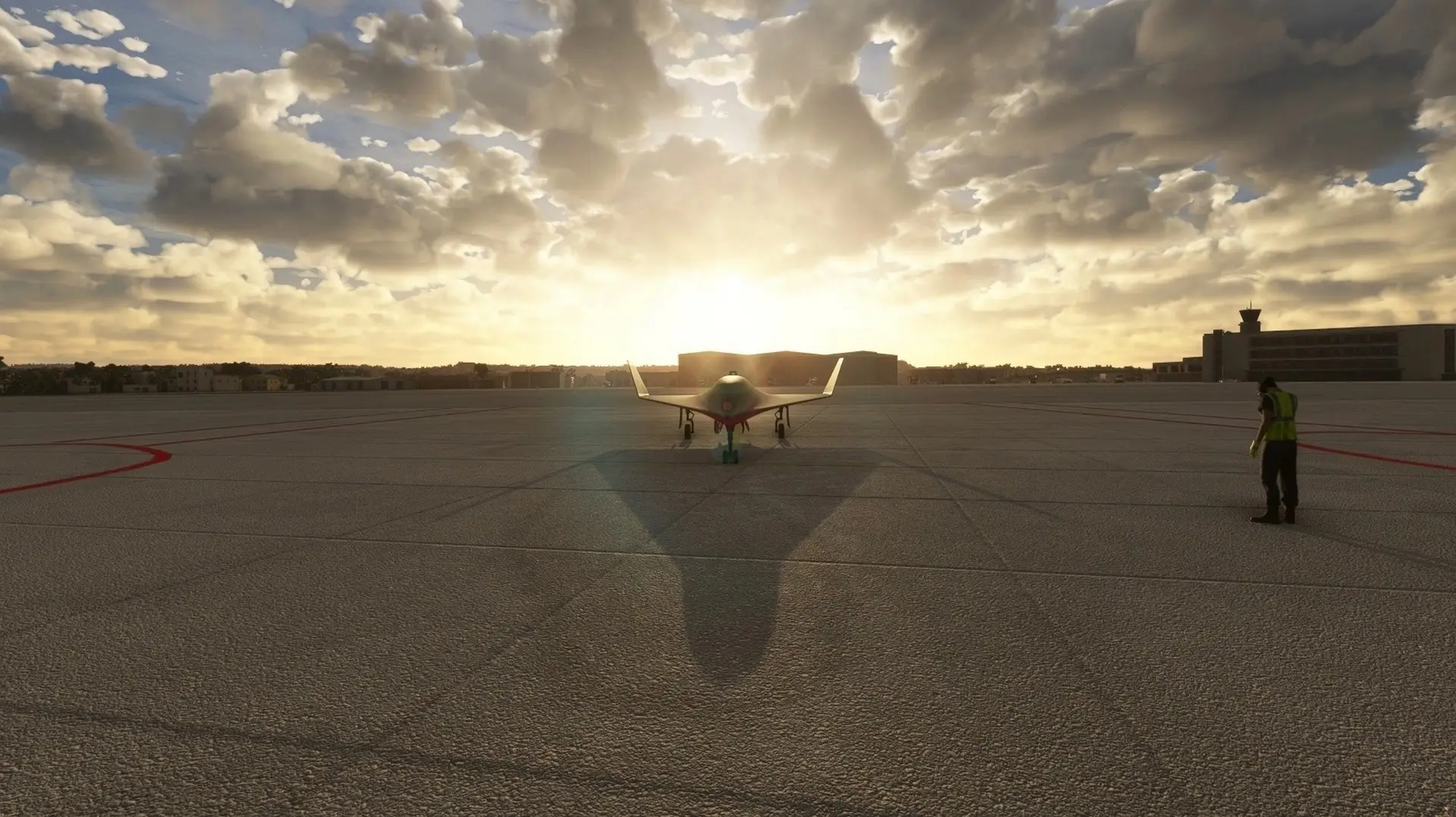The WZ-8 is a supersonic, high-altitude, rocket-powered military unmanned aerial vehicle (UAV) developed by the Aviation Industry Corporation of China (AVIC) for exclusive use by the Chinese military. It is employed primarily for strategic reconnaissance, but it may be fitted with weapons for use anywhere in the world. The WZ-8 was introduced on October 1, 2019.
The WZ-8 is the result of an initiative undertaken to create a platform to both complement the ISR (intelligence, surveillance, and reconnaissance) capabilities of satellites and to provide ISR functions that satellites are unable to perform. Due to physical restraints imposed by orbital paths, satellites can only surveil specific areas at specific times and for short periods. Satellite-based sensors are also limited in their coverage and resolution due to orbital geometries and the optical effects of the atmosphere. The WZ-8 can surveil a target at any time, maintain coverage of it for prolonged periods, and operate at altitudes and along transects that allow a highly detailed view of a target area. It can also collect ISR data with resolution much greater than that which a satellite can deliver.
The UAV’s form comprises a steeply swept delta wing blended into a low-profile fuselage. Winglets at the rear of the WZ-8 provide yaw authority. The aircraft measures 37 feet, 9 inches in length and has a wingspan of 22 feet. It is powered by two YF-50D liquid-fuel, re-startable rocket engines that burn a hypergolic mixture of nitrogen tetroxide and dimethylhydrazine. The WZ-8 is launched from a Xian H-6, a Chinese twin-engine strategic bomber. Once at launch altitude, the WZ-8 is released from the bomber, its twin rocket engines ignite, and the UAV accelerates and gains altitude. The vehicle, which has a flight time of up to 45 minutes, can attain speeds in excess of Mach 7 and operate at altitudes up to 150,000 feet above sea level. It lands using a retractable tricycle undercarriage.
The typical payload of the WZ-8 includes a suite of electro-optical sensors, signals intelligence (SIGINT) sensors, measurement and signature intelligence (MASINT) sensors, and synthetic aperture radar. Specific mission sets include real-time targeting, threat assessment, and multi-intelligence (MULTINT) reconnaissance gathering. It transmits collected data in real time via a satellite uplink to a Chinese military satellite.


